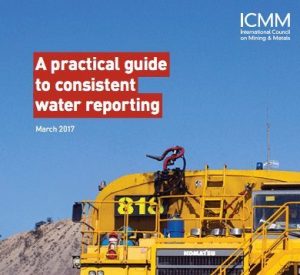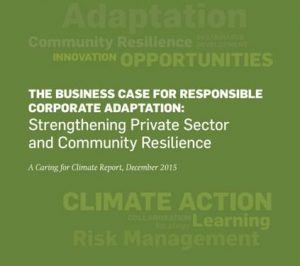Primary Functions
- Learn how applying desalination practices more broadly across water systems can help ensure resilient supplies and offer a range of solutions to address 21st century demands.
Detailed Description
Water is a linchpin of the economy and critical to the security and prosperity of our communities. In the U.S. alone, more than 1.2 billion cubic meters of water are consumed per day, primarily sourced from distant freshwater sources, treated in centralized facilities, used inefficiently and discharged back into the environment as a waste stream. These 20th century ‘‘linear’’ practices are not sustainable in the 21st century with climate change, population growth and depleted groundwater aquifers exacerbating supply uncertainty.
Desalination, the process of separating ions from water, is most commonly associated with producing freshwater from the sea. However, desalination processes are also integral to recycling municipal wastewater as well as reusing brackish groundwater and industrial wastewaters. While use of large seawater desalination plants will continue to be limited to coastal communities, small-scale, localized systems for distributed desalination will be essential to costeffectively tapping and reusing many of these nontraditional water sources across the country.
A paradigm shift in both network and system design would enhance water resiliency, minimize the environmental impacts of wastewater discharge and facilitate water use efficiency across water end users. First, we need to evolve toward a circular water economy in which water is locally treated to fit-for-purpose standards. Second, we need to replace conventional economies of scale in treatment with economies of scale in device manufacturing, installation and operation. These same technology innovations that are critical to expanding the distributed desalination and fit-for-purpose reuse of nontraditional waters will also address many of the ongoing challenges faced by centralized municipal systems that will continue to supply the majority of our clean water.





